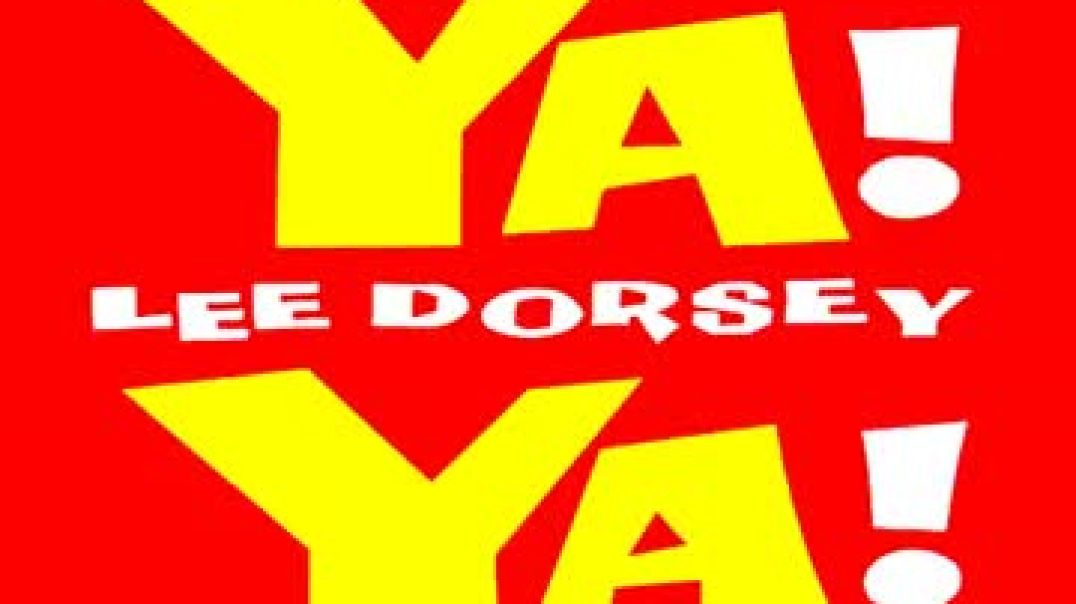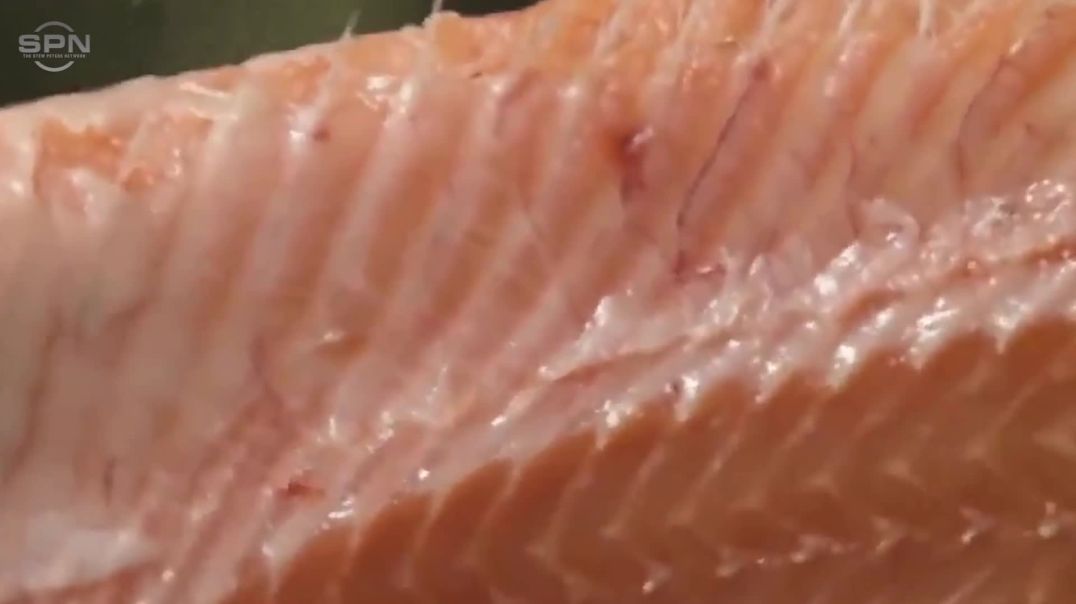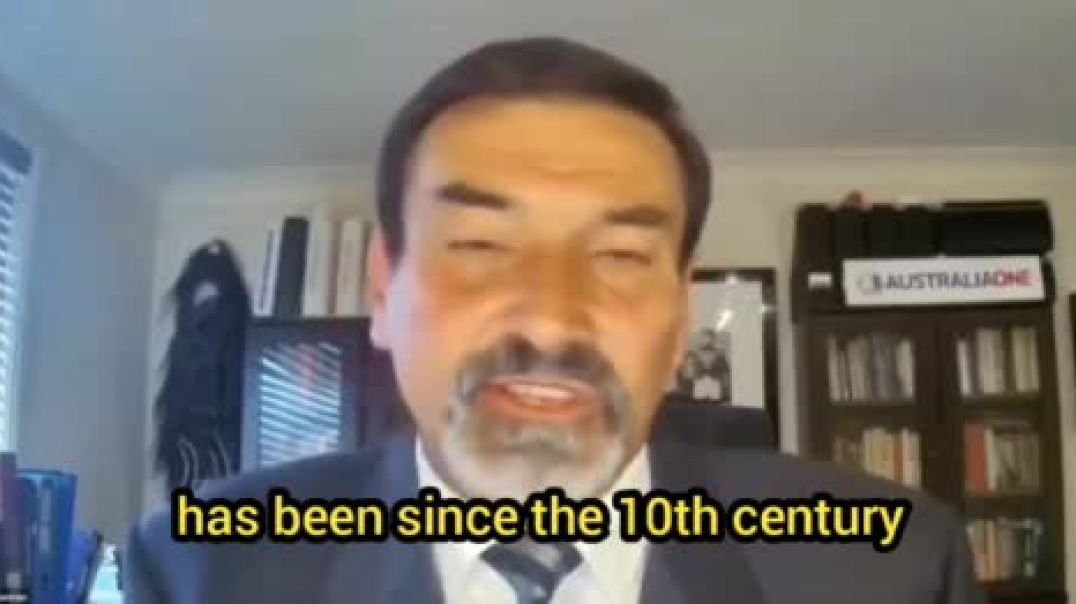Please donate now to help fund our work
- Film & Animation
- Music
- Pets & Animals
- Sports
- Travel & Events
- Gaming
- People & Blogs
- Comedy
- Entertainment
- News & Politics
- How-to & Style
- Non-profits & Activism
- McIntyre Report
- Jamie McIntyre uncensored
- RAW Report
- Candace Owens
- Steve Kirsch
- Tucker
- Bongino
- Elon musks
- Alan Jones Australia
- RT News
- Wayne Crouch Show
- Other
Leo Frank Trial - Hugh Dorsey Closing Arguments Part 3
The most crucial information in this passage is that Frank sat in his office and counted the money that was still in the payroll account from the $1,100 that they had withdrawn on Friday. Old Jim Conley said he would go if he went, but he had too much common sense when Frank wanted him to go down into the dark cellar and burn the body alone. He was prepared to assist Frank in moving the body from the second floor where the blood was discovered into the basement while remaining silent until Scott, Black, Starnes, and all of these detectives combined their efforts to subdue him and force him to occasionally make an admission. He didn't want to, and he had too much common sense, to enter the cellar, perform that filthy task by himself, and cremate the remains of the young girl Frank had killed. The most crucial information in this text is that Willie Turner, a naive country boy from Oak Grove near Sandy Springs in the northern part of this county, saw Frank trying to force his attention on a young girl in the middle room in March and that he had made up the payroll with Chef 52 times during the year that Mary Phagan was there but still didn't know her name or number.
Frank continues by telling Willie that he is the factory superintendent, which is a form of coercion, and that he had passed by her machine without even noticing it twelve months prior. When Mary Phagan was working there for a year, Willie says he made up the payroll with Chef 52 times, but he still didn't know her name or phone number. He then claims to be the factory superintendent, which is a form of coercion, and informs Willie of this. The most crucial information in this text is that Little Dewey Hool, a young child who used to work at the National Pencil Company in Cincinnati and claimed to the police that she frequently overheard him speaking to her, was lying. Leo M. Frank allegedly said to Gantt, the long-legged man who attempted to point suspicion towards the person Schiff was so eager to have arrested, "I see that you know Mary pretty well". Gantt lied to the police when he claimed that Frank had noticed that he knew Mary only a little and had said as much.
Mr. There's no telling what a pervert will do when he's spurred on by the unusual, extraordinary passion that spurred on this man, Leo M. Frank, when he saw his opportunity with this young girl in the pencil factory when she returned to see if the medal had arrived, according to a quote from Burns that Rosser used in his essay. The main point of this text is that everyone involved, including Willie Turner, Dewey Hool, Gantt, Miss Ruth Robinson, Frank, and Chief Detective Harry Scott, has lied. Frank acknowledges that he was familiar with Mary well enough to know that Gantt was acquainted with her, and that Chief Detective Harry Scott had been informed that Gantt was acquainted with Little Mary.
Additionally, Frank acknowledges that he had enough of a relationship with Mary to be aware that Gantt was aware of her, and that this made him suspicious of him. The most crucial information in this passage is that Frank checked the amount of money left over from the payroll from the $1,100 that they had drawn on Friday as he sat in his office. Old Jim said he would go if he went, but he had too much sense when Frank wanted him to burn the body alone in the dark cellar. He was prepared to assist Frank in moving the body from the second floor where the blood was discovered into the basement while remaining silent until Scott, Black, Starnes, and all of these detectives combined their efforts to subdue him and force him to occasionally make an admission.
He didn't want to and lacked the common sense to enter the cellar alone, perform the filthy task of cremating the remains of the young girl Frank had killed. The most crucial information in this text is that Willie Turner, a naive country boy from Oak Grove near Sandy Springs in the northern part of this county, saw Frank trying to force his attention on a young girl in the middle room in March and that he had made up the payroll with Chef 52 times during the year that Mary Phagan was there but still didn't know her name or number.
Frank then claims to be the factory superintendent, which is a form of coercion, and informs Willie that a man with his brilliant parts would not even be aware of her if he had simply passed by her machine a year earlier. Willie continues by telling Frank that during the year Mary Phagan worked there, he had made up the payroll with Chef 52 times, but he still didn't know her name or phone number. When Mary Phagan was employed there for a year, Frank made up the payroll with Chef 52 times, but he still didn't know her name or phone number.
He then claims to be the factory superintendent, which is a form of coercion, and informs Willie of this. The most crucial information in this text is that Little Dewey Hool, a young child who used to work at the National Pencil Company in Cincinnati and claimed to the police that she frequently overheard him speaking to her, was lying. Mr. Rosser quoted from Burns and said it's human to err, and that there's no telling what a pervert will do when he's goaded on by the unusual, extraordinary passion that goaded on this man, Leo M. Frank, when he saw his opportunity with this little girl in the pencil factory when she went back to find out if the medal had come.
The most important details in this text are that all of the people involved have lied, including Willie Turner, Dewey Hool, Gantt, Miss Ruth Robinson, Frank, and Chief Detective Harry Scott. Frank admits that he knew Mary well enough to know that Gantt was familiar with her, and that Chief Detective Harry Scott was told that this man Gantt was familiar with Little Mary. Frank also admits that he knew Mary well enough to know that Gantt was familiar with her, and that he directed suspicion towards him. Gantt, the long legged man who tried to direct suspicion towards the man Schiff was so anxious to have arrested, lied when he told the police that Leo M. Frank noticed that he knew little Mary and said to him I see that you know Mary pretty well.
The most crucial information in this text is that Leo M. Frank assisted in creating the payroll for 52 times and noticed Little Mary's name there, but he didn't even know who she was and had to go get his book to determine whether or not she was employed there. Additionally, he claimed that cash shortages persisted even after Gantt left and that Frank stole that young girl back in March. Additionally, he claimed that he saw Gantt as a hindrance to the realization of his evil purpose and that he was fired from the factory for this reason rather than for a $1 shortage. The payroll was finalized on Friday, he added, with Schiff. The information regarding the scheme to cheat and ruin Little Mary Phagan is the most crucial information in this text.
In the story, the protagonist makes plans to return on Saturday at noon to collect her pay with Jim Conley, a man who has protected her in the past. When they don't object, the main character makes plans with Mary Phagan's friend Helen Ferguson to give her the pay envelope. Jim tells the main character on Saturday that he followed the factory superintendent's instructions exactly. After that, the main character comes to understand that passion can behave mysteriously and is similar to fraud. The defendant, Detective Scott, attempted to mislead the jury of honorable men into thinking that he did not know the Ferguson girl, but he actually did. This is one of the most crucial details in the text.
Additionally, he claimed that these slips were a beautiful statement he made and that he kept the key to his cash box in his desk. The accused further claimed that he was infatuated with the Ferguson girl and lacked the ability to restrain his passion. Last but not least, the defendant claimed he was infatuated with the Ferguson girl and lacked the ability to restrain his passion. The defendant also claimed that he was infatuated with the Ferguson girl and was powerless to rein in his passion. The speaker took a break from her work and went to the outside office to talk with Mr. Darley and Mr. Campbell.
Miss Maddie Smith arrived and requested her pay envelope at 9:15, or quarter after nine. Jim identified Miss Maddie Smith and described her actions in detail. Additionally, he demonstrated that he had a drink at Crookshank Soda Fountain and continued to converse with Mr. Montague. In the folder that Old Jim had and had stored, the speaker also moved the papers he had brought back from Montagues. Every Saturday afternoon, he would check to see how close the reports were to finishing their work on his financial statement.
The two most significant facts in this text are that two gentlemen arrived and that the sheet that lists the number of pencils packed for the week didn't include the report for Thursday, the day the fiscal week ended. One of them, Mr. Graham, spoke with a black person downstairs, and they attempted to avoid it by claiming there was a color difference. The two fathers received the necessary pay envelope from Frank, who also had a lengthy conversation with them. Old Jim Conley was never given the chance to learn the words he employs, and the man in question speaks in exactly the same words that Jim does. At 12:00, the whistle blew, signaling Miss Hall's completion of her work and her intention to leave. Frank then greeted them as they entered, using the same language Jim claimed he had used to describe this girl.
On the top floor were Arthur White, Harry Denham, and Arthur White's wife when Miss Hall left her office to head home. Mary Phagan, a young child, came into the office and requested her pay envelope. Jim Conley was still seated downstairs when the man Frank, who was at the safe when Mrs. White entered, jumped. This incident demonstrates that Jim Conley did not carry out the deed at the time because he had to allow Mrs.
White to ascend after he had tipped up and back.
He was aware that these men would work and remain on that floor after they had their lunches after Mrs.
White had been up there for a while. Frank was eager to get Mrs. White outside the building when she saw Conley there at 12:50. He was eager to leave, but instead of leaving, he went back to his office and sat down at his desk. Since the girl only received a small amount of blood from a lick to the back of her head and Jim Conley didn't drop the girl as he passed by the dressing room, there was no blood to be found back there. Conley assaulted her, hit her, and then gagged her with that while she was unresponsive. Frank was well-known among the B'nai B'rith, Haases, Montagues, followers of Dr. Marx, and the B'nai B'rith, as well as among Brooklyn's wealthy and impoverished residents and those in Athens. He also enjoyed the respect of the members of these organizations.
He fixed the young girl he had assaulted with the cord to save his reputation after she refused to budge.
If that little girl had survived to tell the tale of the brutal assault, men would have emerged in this town, but Frank didn't anticipate that she would decline his advances. He had laid the trap and believed that the helpless little girl would succumb to his pressure.
The most crucial information in this passage is that Mrs. Whiteout, who witnessed Frank jump at 12:35 while he was about to inquire about Little Mary's pay envelope, was concerned about the mesh bag he was carrying. Old Jim Conley was still patiently awaiting the signal when Mrs. White returned at 12:35.
After gagging her with a piece of her underskirt torn from her own underskirt, he tipped up to the front where he knew the cords hung and choked that poor little child to death. According to the text, the man is different from other men because he desired the girl he saw and when she rejected him, he struck and gagged her.
According to the text, the man is not like other men because he coveted the girl he saw but she rejected him, and when she did, he struck her and gagged her. The most crucial information in this passage is that Mary Phagan was both strangled by Able Counsel and Durant, and that the blood on the floor was not paint, cat, or rat blood.
Since Mary Phagan's blood matched the way Jim Conley claimed he dropped the body, Able Counsel attempted to make it seem as though the blood was Mary Phagan's rather than paint or cat's blood. Mary Phagan's blood was spilt toward the dressing room, and Chief Beavers recognized it as such when he noticed how Jim Conley claimed to have dropped the body. Starne tells the tale of Christopher Columbus Barrett, who located the hair that Magnolia Kennedy recognized on Monday morning.
Frank Holloway claimed that Jim Conley was his nigger, but Barrett didn't catch him in a single lie and pitted him against him. Frank Sunday Morning was betrayed and trapped by Holloway after it became clear that too many people had seen him go there and operate the power box without first going to his office to get the key.
After realizing the persuasiveness of the suggestion and having assured them that he had always, without fail, locked the elevator box himself and stored the key in Frank's office, he betrayed and ensnared them.
The defendant, Jim Conley, lied to obtain a reward for the conviction of his employer and boss, which is one of the most crucial details in this text. In contrast to this, Barrett, the person who found hair on his machine in the early morning, stood up for truth and justice and spoke out despite the fact that it could have cost him his job.
This demonstrates how Barrett, even though his job was in jeopardy, stood up for what was right and stood on an oasis in a vast desert.
The most crucial information in this text is that Barrett, a National Pencil Company employee, told the truth when he pledged that he discovered blood where Conley claimed he dropped the body and that he discovered that hair on that machine. He made his discoveries on Monday, April 28, and they bear no resemblance to plants. Mrs. Jefferson observed a dark red spot about the size of a fan and believed it to be blood. Barrett is not shown to have lied, dodged, or equivocated to her. Mel Stanford reported seeing blood in the dressing room on Monday. The blood appeared as dark spots that were exactly like blood, and a white substance called haskelline had been applied on top of it. Also mentioned in the text is Mrs. Jefferson's observation of a dark red spot about the size of a fan, which she believed to be blood.
The discovery of a body in the enemy camp by Barrett, Jefferson, Mel Stanford, Beavers, Starnes, and Darley is one of the text's most significant revelations. The discovery was made on Monday by Barrett, Jefferson, Mel Stanford, Beavers, Starnes, and Darley, who noticed what appeared to be blood spots in the dressing room with a white substance smeared over it as if to conceal it. Dr. Connolly and Mr. Mangum are both aware of how risky it is to enter the enemy's camp in order to obtain ammunition, but in this instance, they dared to do so and discovered the best proof that Frank was more anxious than he had ever been except on two occasions.
Darley noticed the blood, which gave Montague great cause for concern. Darley found it difficult to swallow, but after they pressed the issue, he was forced to admit it and dared not retract his statements from the affidavit he had signed.
Okay, so I'm not going to call over every single Mrs. Carson who says she saw blood on Friday, but Mel Stanford, a worker and an honorable man, sweeps the floor. Dr. Claude Smith, a city bacteriologist, examines the blood and unearths blood core mysteries. Mr. Lee asserts that the blood had been present ever since Machinist Lee saw Duffy stand there with his finger cut and let it spout out at the conclusion. All of his own witnesses, including Mary Pierk, Julia Puss, Magnolia Kennedy, Wade Campbell, and Schiff, claim to have seen the area covered in something white that they all recognize as haskelline. Jim Conley was killed, and Harry Scott, Pierce, Echo, Whitfield, and Mcworth are accused of it.
The scuttle hole was empty after the murder, according to every witness. Darley Holloway, a Frank who had access to the factory, would have informed Frank that blood stains had been discovered near the scuttle hole.
Holloway understood that something had to emerge to support the claim that Jim Conley was responsible after Conley was taken into custody. After spending the entire day searching the factory, Mcworth discovered seven sizable stains, an envelope, and a stick in a corner. He definitely found too much.
The most crucial information in this passage is that the police officers who were peering through Newt Lee's home's basement scuttle hole would have missed seven sizable stains that weren't discovered until May 15.
As of May 3, according to Scott, Starn, Rosser, Mel Stanford, and Darley, the area had been cleaned up.
However, none of these men, including the ones who cleaned up, ever noticed the stains or even came across the stick or envelope. Frank, a Cornell alumnus, took a slip out of the clock and examined it before telling the detectives that Newt Lee wouldn't have had time to leave and get dressed after killing the girl. He was aware that Lanford, Black, and the other detectives would have immediately examined the slip and determined whether these punches were regular or irregular.
If he attempted to pull off a fraud at that particular moment and location, he was aware that he would be caught. Leo M. Frank informs John Black that Newt Lee didn't have time, despite his suggestion that he go outside and conduct a search at his home. When John visits Newt's house after receiving the information, he discovers a shirt with a bloody odor but no sign of the negro neutery in the armpit. Instead of placing it on one side as any man moving a body would have done, he spreads it across both. This provides clear proof that someone planted the shirt on Monday, though at whose initiative and suggestion we are unsure.
The wound was not caused by a doctor, but rather by Harris and Dr. Hertz, who both refute this. The shirt wasn't on the wearer when the blood got on it, according to a physical examination. While Lee didn't explicitly claim ownership of the shirt, he didn't either. After the Scuttle Hole had been thoroughly cleaned and searched by Scott Campbell, Rosser Starnes, and others on May 15, an envelope and a stick were discovered there. It is implied that these events weren't connected to the same plan that led Frank to create notes placed by the body to deflect attention from him.



















